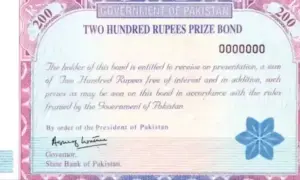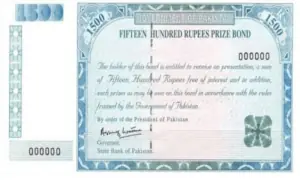China emerges largest jewellery market worldwide: report
 China's demand for jewellery grew in every quarter last year and became the largest single jewellery market worldwide for the second half of 2011, said a report.
China's demand for jewellery grew in every quarter last year and became the largest single jewellery market worldwide for the second half of 2011, said a report.
The World Gold Council has said China's gold demand last year reached 769.8 tonnes, representing a rise of 20 percent year-on-year.
The leap was a result of increasing need for jewellery and investment in the world's second-largest economy, according to a report released by
the council Thursday.
In the investment sector, China's 2011 gold demand stood at 258.9 tonnes, worth 84.5 billion yuan (13.4 billion U.S. dollars), up 69Â percent year-on-year, reports Xinhua news agency.
The report also said global demand for gold in 2011 hit 4,067.1 tonnes, worth an estimated 205.5 billion U.S. dollars, the first time that global demand has exceeded 200 billion U.S. dollars in value.
The main driver for the increase in global demand was the investment sector where annual demand was 1,640.7 tonnes, up 5 percent on the previous record set in 2010 and with a value of 82.9 billion U.S. dollars. The pre-eminent markets for investment demand in 2011 were India, China and Europe.
China and India remained the cultural heartlands of gold, generating 55 percent of global jewellery demand and 49 percent of global demand.
India was the largest country for demand with 933.4 tonnes, which was notable considering the volatility of the gold price and the weakness of the Indian rupee against the U.S. dollars during the second half of 2011.
There was also a surge in demand in Europe with the region posting its seventh consecutive annual gain to 374.8 tonnes. Germany and Switzerland were the main drivers of growth in the region as the eurozone remains in turmoil and the need for asset protection continues to be a priority.
Central banks continued the trend established in 2010 of being net buyers of gold. Purchases by central banks soared from 77 tonnes to 439.7 tonnes.
This reflected the need to diversify assets, reduce reliance on one or two foreign currencies, rebalance reserves and ultimately protect national wealth, according to the report.




















Comments are closed on this story.